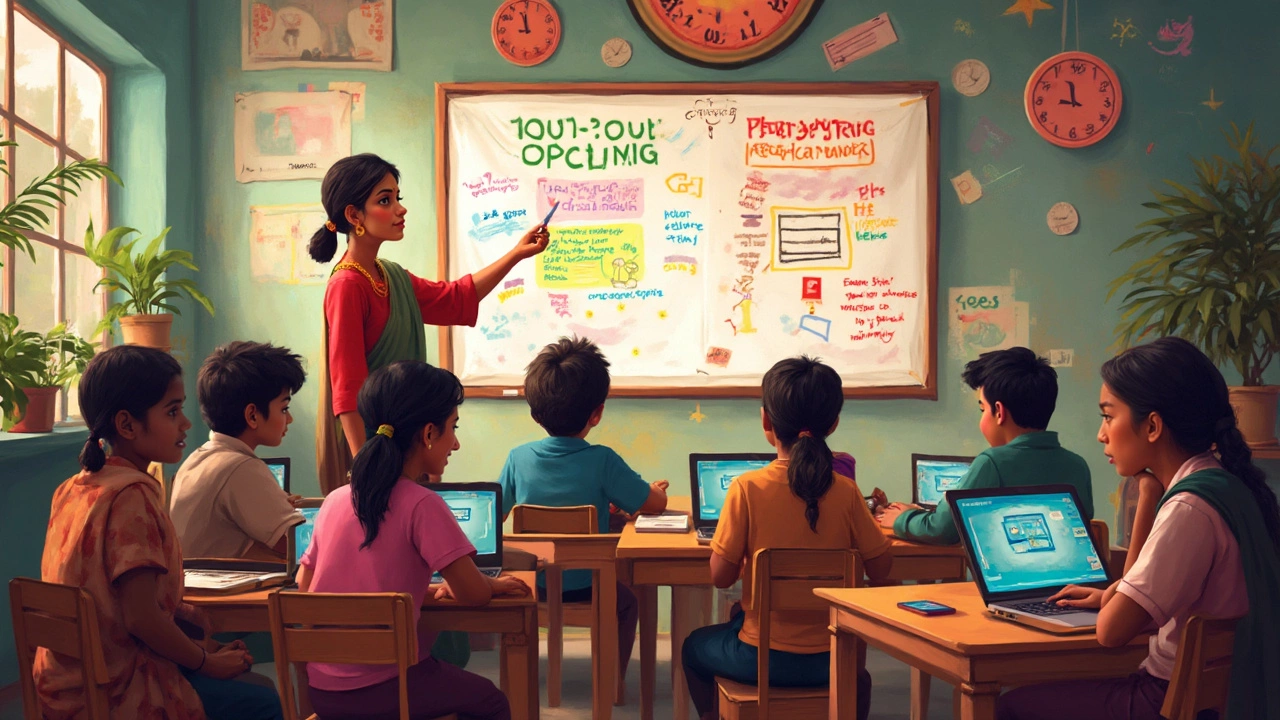Coding Language First: Your Quick Start Guide
Thinking about learning to code but not sure where to begin? You’re not alone. The biggest mistake most newbies make is diving into a language that doesn’t match their goals. Pick the right first language, set up simple habits, and you’ll watch the learning curve flatten fast.
Pick the Right First Language
Start with a language that gives you results quickly. Python tops the list because its syntax reads like plain English and you can build a web scraper or a simple game in a weekend. If you love building apps for iPhones, Swift is the way to go. Want to see how the web works? HTML, CSS, and a splash of JavaScript will get you a live page you can share with friends.
Look at the job market, too. Posts like “Python Developer Salary Guide 2025” show that Python still pays well and is in demand across data science, automation, and web dev. If you’re eyeing product roles, a quick peek at “Top 8 Happiest MBA Jobs You Can Land in 2025” reveals that many product managers appreciate a bit of Python or SQL under the hood.
Don’t overthink it – the best language is the one you’ll actually use. Choose a project you care about, match the language to that project, and you’ll stay motivated.
Build Habits That Make Coding Easier
Consistency beats marathon sessions every time. Set aside just 30 minutes a day, and treat it like a coffee break you can’t skip. Use the “coding speed” tricks from the article “How Fast Can You Learn Coding? Timeframes, Tips & Roadmap for Beginners”. Break problems into tiny steps, write one line of code, test it, then move on.
When you hit a plateau, remember the advice from “Does Coding Ever Get Easier? The Real Learning Curve and How to Speed It Up”. Habits such as reviewing code you wrote last week, or pairing with a friend on a small project, turn guesswork into routine.
Pick tools that make feedback instant. An online editor like Replit or VS Code with live linting shows errors as you type, so you stop guessing and start fixing. If you enjoy visual learning, the “Top eLearning Platforms With Real Examples Explained” post suggests platforms that embed interactive code blocks right in the lesson.
Finally, track progress. A simple spreadsheet with columns for "date", "topic", "minutes spent", and "what I built" can be surprisingly motivating. When you glance back after a month, you’ll see concrete growth – and that feeling keeps you going.
Ready to pick your first language? Pick a project, set a daily 30‑minute slot, and use one of the free resources listed in our tag archive. Whether you’re chasing a high‑pay Python role or just want to automate a boring spreadsheet, the right start makes everything smoother.
Remember, coding isn’t a race. It’s a habit you build, one small step at a time. Get started now, and you’ll be surprised how quickly the pieces start to click.
- February
24
2025 - 5
how many hours should a jee aspirant sleep
For JEE aspirants, achieving the right balance between study and sleep is crucial. A well-rested mind aids in better concentration and memory retention. Besides focusing on sleep, knowing which coding languages to prioritize can be advantageous for future academic endeavors. Discover the ideal amount of rest you need as a JEE aspirant, and explore the impact of learning coding and programming languages in a strategic order for comprehensive preparation.
Read More- February
21
2025 - 5
order of learning programming languages
Many beginners wonder which programming language to learn first, and the answer can depend on your goals and interests. Popular options like Python and JavaScript offer beginner-friendly environments. Understanding the right order of learning can set a solid foundation for deeper programming expertise. With online courses and platforms offering certificates, making informed choices about where and how to start is essential. Explore various factors impacting your learning journey, including the value of different course certificates in India.
Read More
